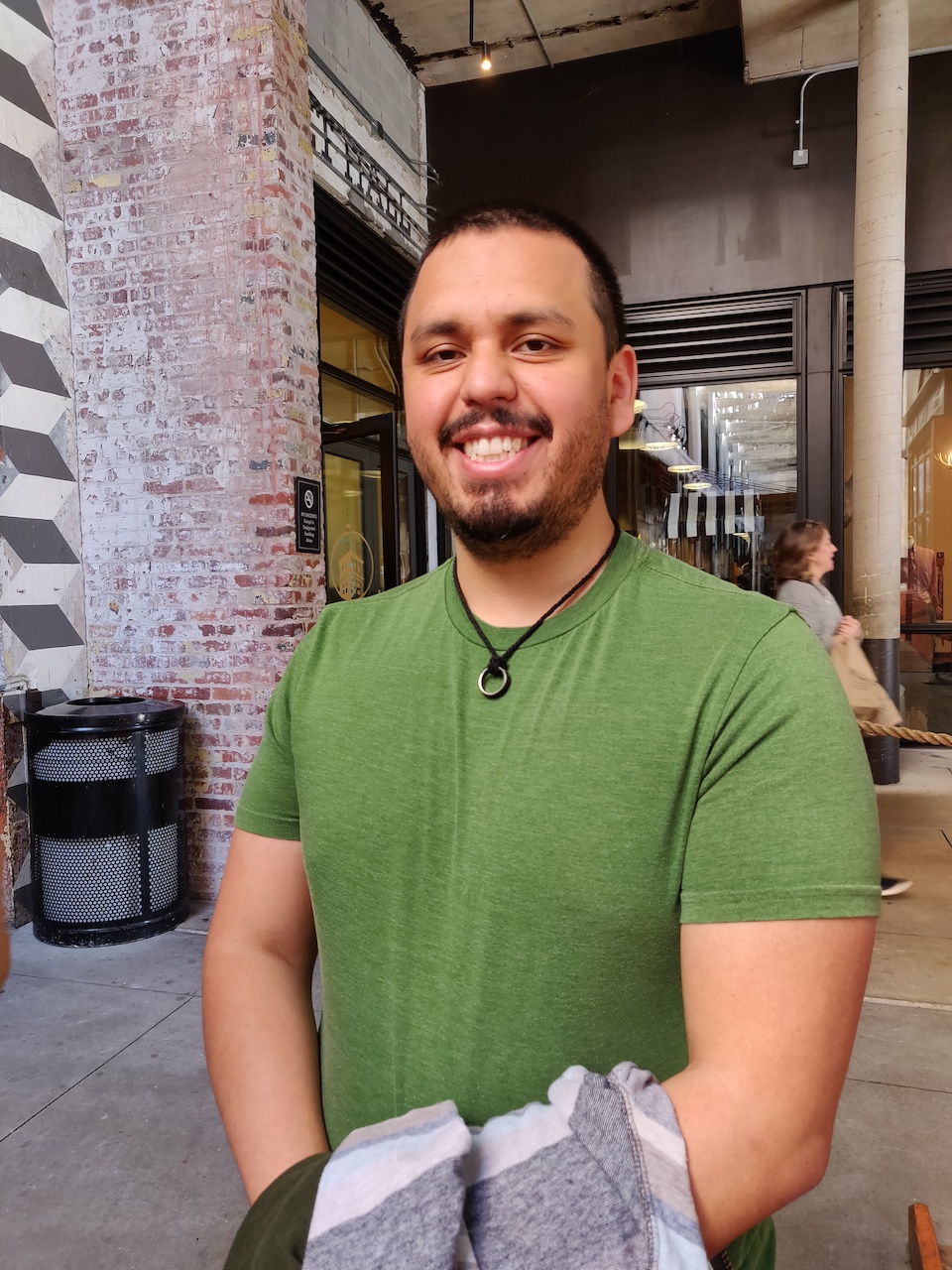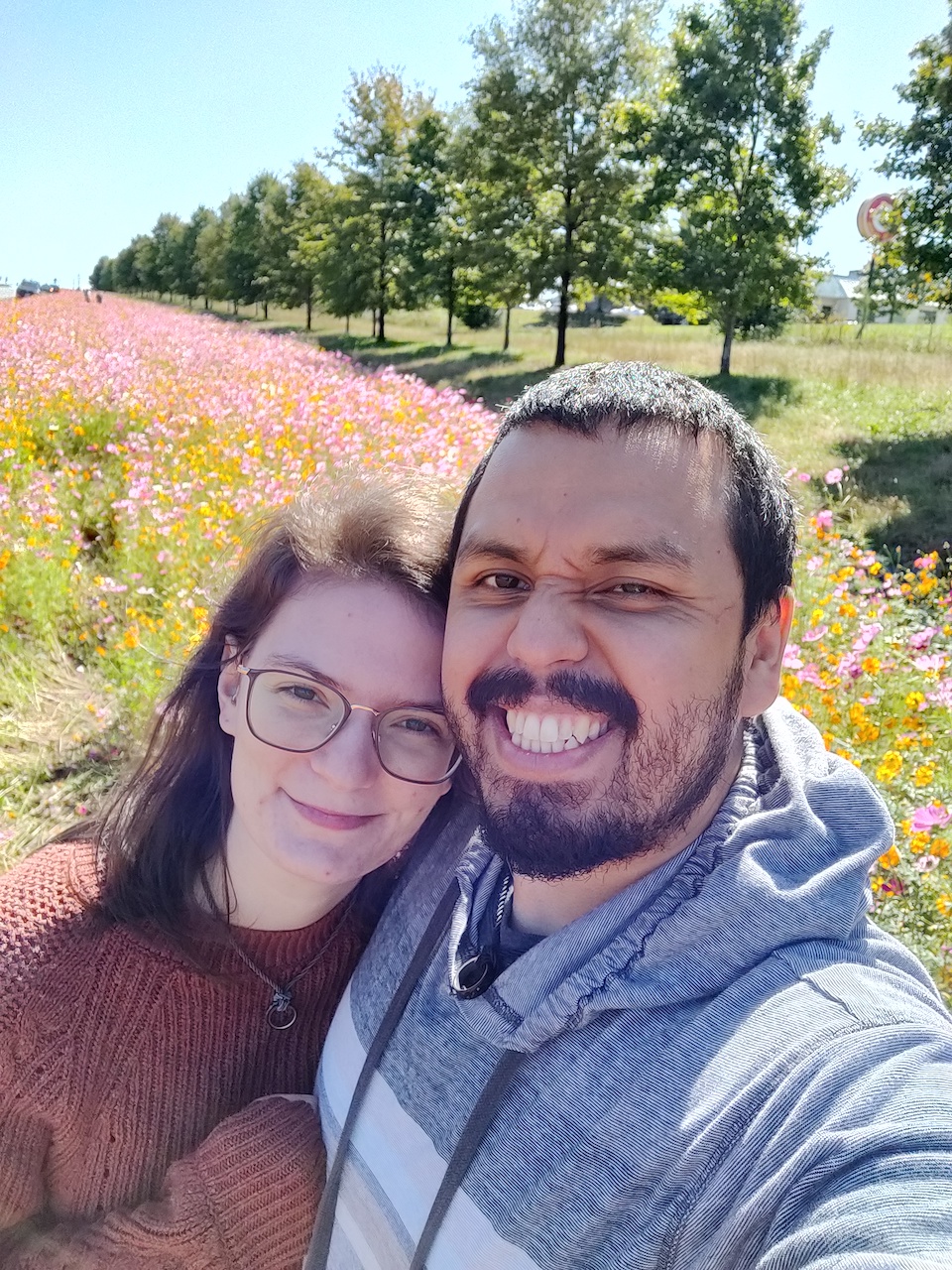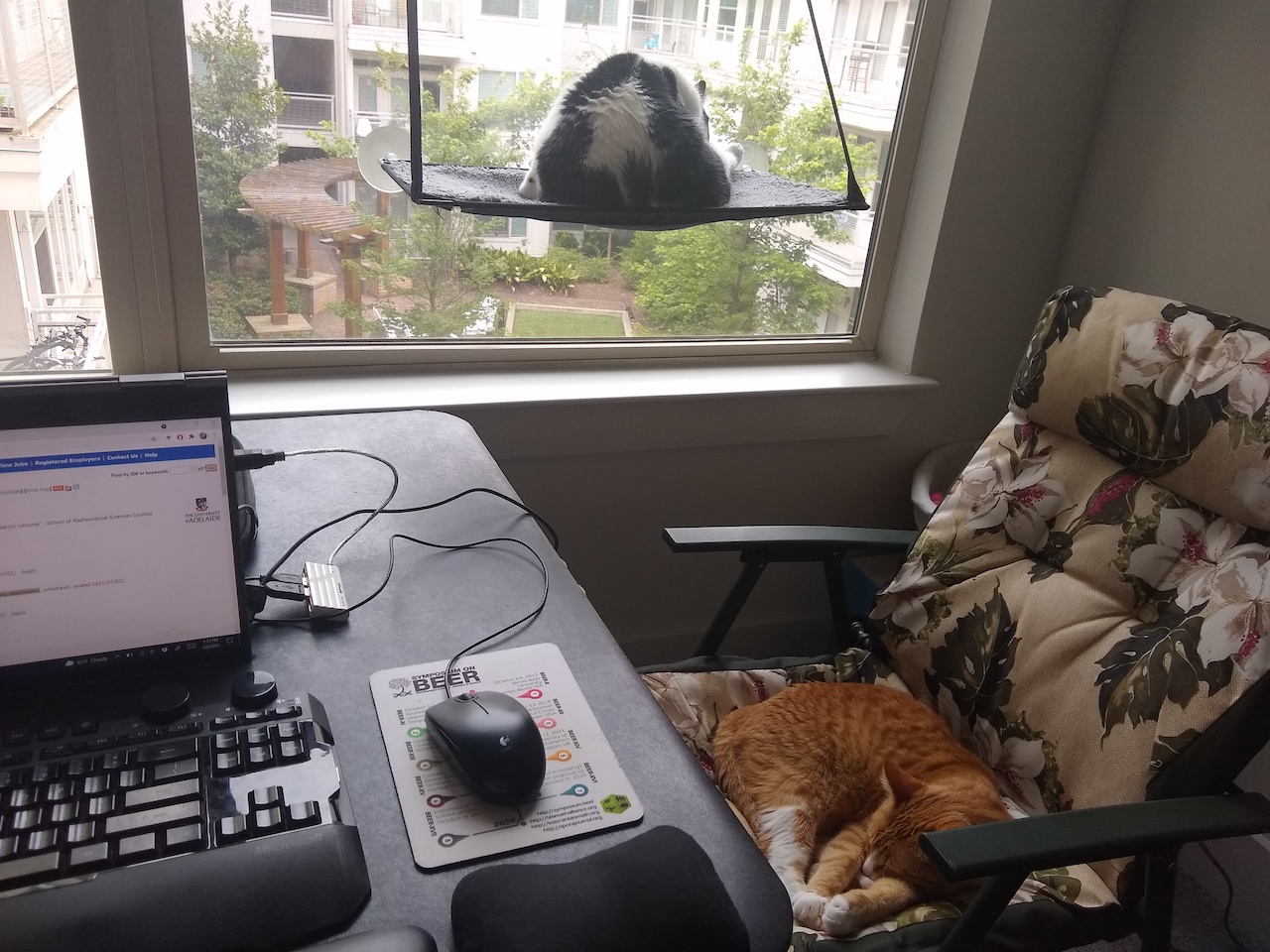In October’s Junior Researcher Feature, we have an interview with Dr. Daniel Cruz, Visiting Assistant Professor in Mathematics, Georgia Institute of Technology.

What are the main biological research questions that you are interested in?
In terms of biology, I am interested in understanding the differentiation of pluripotent stem cell colonies into specified tissue types. While it is known that differentiation is possible through local and long-distance intercellular communication, it is still unclear which local mechanisms take priority to determine cell fate in context-specific situations. At present, I am focusing on the differentiation of human induced pluripotent stem cells (hiPSCs) whose therapeutic potential arises from their ability to differentiate into all germ layers.
What mathematical and computational tools do you find useful in your work?
While I use a handful of models for discrete computation (e.g. Boolean networks, cellular automata, etc.) in my work, I am most interested in agent-based models (ABMs). In the broadest sense, an ABM is a computational model in which autonomous agents governed by local rules interact with one another and with their environment. The objective of ABM development is typically to connect those local agent interactions with system-level properties like self-organization or pattern formation. I think that ABMs are appropriate for studying the local mechanisms involved in differentiation among other cellular processes because of how cells can naturally be considered autonomous agents.
What types of questions do you think will be important to answer in the future in your field?
Well, the use of ABMs in the context of cellular biology has grown rapidly over the last decade, even outside of developmental biology. And though there are several interesting and complex ABMs being developed to help answer all sorts of biological questions, I think that there is a growing need for quantitative, general-purpose tools to evaluate these models. The evaluation of an ABM often comes down to approaches which are too computationally expensive or too qualitative in nature (e.g. the simulation outputs “look like” the microscopy images, etc.). So, I think that mathematical (and/or computational) tools need to be (further) developed to efficiently address the following questions: (i) Accuracy - Does the ABM match its target biological system? If so, according to what measure? and (ii) Reproducibility - Do multiple simulations yield “consistent results” while incorporating stochasticity? In other words, is the ABM resistant to the kind of noise one would expect to find in its target biological system?
When did you first become interested in mathematics and biology?
I guess the clearest answer is just after starting my graduate studies in 2013 when I joined the biomathematics research group at the University of South Florida led by my PhD advisor Natasha Jonoska and Masahico Saito. I had a limited notion of how mathematics could be applied to biology prior to joining this group, but I quickly realized how fields that I had considered mostly separate from biology (e.g. discrete mathematics and topology) could be applied to understanding biomolecular processes (e.g. DNA recombination and self-assembly). Moreover, it is through my work in the group that I recognized the synergy between mathematics and biology: not only can mathematics be used as a tool to answer and discover questions in biology, but also biology can be used as a motivator for the development of new mathematical problems and branches of study.
What do you like to do in your spare time outside of work?
I like to balance a mixture of outdoor activities with indoor activities which are more social. For example, my spouse Angela and I have begun hiking quite a bit since moving to Atlanta, and we both really enjoy rock climbing and traveling (when there is not a pandemic). On the other hand, I have been a big fan of board games for several years and now own a non-trivial collection of my favorites. I am always happy to provide recommendations to anybody interested in anything from quick, family-friendly games to lengthy games involving puzzles and overarching story lines. Of course, Angela and I also spend a lot of time with our cats Bittle and Luna.

